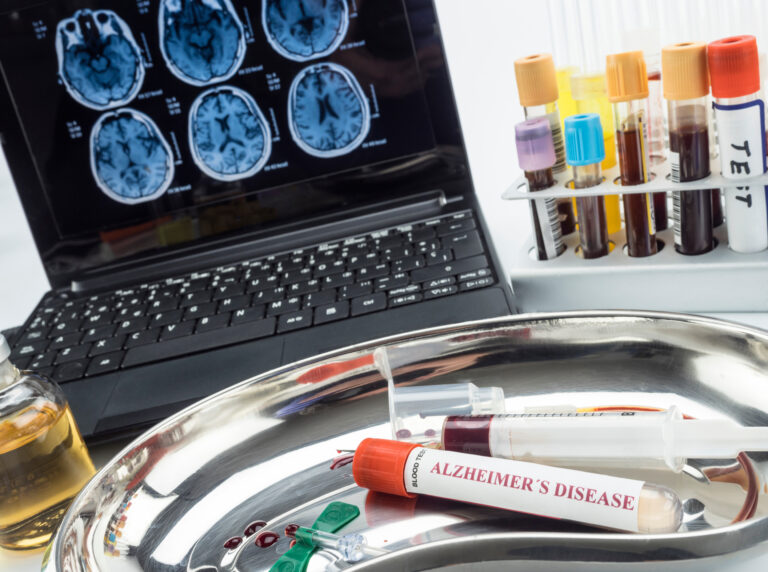When you walk into a gym or meet with a personal trainer, one of the first things they often ask for is your age. It seems straightforward—after all, age is just a number, right? But here’s the catch: that number might not be telling the whole truth about how your body actually functions or how fit you really are. In fact, your personal trainer might be unintentionally misleading you by focusing too much on chronological age instead of what really matters—your biological or metabolic age.
### Chronological Age vs. Biological Age
Chronological age is simply how many years you’ve been alive. It’s easy to measure and universally understood. However, it doesn’t reflect the condition of your body’s cells, tissues, and organs—the real indicators of health and fitness.
Biological age looks deeper; it estimates how old your body *actually* is based on various health markers like blood sugar levels, inflammation, muscle mass, fat percentage, and even DNA changes over time. This means two people who are both 40 years old chronologically could have very different biological ages—one might have the body of someone in their 30s while another could resemble someone in their 50s.
### Why Trainers Rely on Chronological Age
Personal trainers often use chronological age because it’s simple to apply when designing workout plans or setting intensity levels. Many fitness assessments use formulas that factor in your stated age to calculate things like maximum heart rate or target heart rate zones during exercise.
For example:
– The common formula for max heart rate (220 minus your age) helps determine safe exercise intensity.
– Workout programs may be adjusted based on “age groups” assuming older clients need gentler routines.
But these methods assume everyone ages at the same pace internally—which science shows isn’t true.
### The Problem With Using Just Your “Age”
By relying solely on chronological age:
– Trainers may underestimate what you’re capable of if you’re biologically younger.
– Or they may push workouts too hard if you’re biologically older than your actual years.
– You miss out on personalized insights that come from understanding metabolic rates and cellular health.
This can lead to less effective training programs that don’t match where you truly are physically—and sometimes even increase injury risk if workouts aren’t properly tailored.
### What Should Be Used Instead?
More advanced assessments look at **metabolic** and **biological** ages using tools like:
– Body composition analysis (measuring fat vs lean muscle)
– Basal Metabolic Rate (BMR) calculations
– Blood tests checking biomarkers related to aging
– DNA methylation tests revealing molecular signs of aging
These give trainers a clearer picture beyond just birthdate numbers so they can customize workouts better suited for *your* body’s current state rather than an arbitrary calendar figure.
### How This Changes Your Training Experience
When trainers incorporate biological markers:
– They can set realistic goals aligned with how well your body functions now.
– Adjust workout intensity more accurately.
– Track progress not just by weight loss but improvements in metabolic health.
It moves training from being generic “age-based” advice toward truly personalized coaching focused on longevity and quality of life—not just short-term fitness gains tied to an outdated concept of “age.”
—
So next time someone asks for your “age” at the gym—or uses it as a key factor in planning exercises—remember: That number alone doesn’t tell them everything about *you*. Your real fitness story lies beneath those digits—in how well you’re aging inside—and that’s where honest assessment should start instead of stopping at birthday candles blown out long ago.





